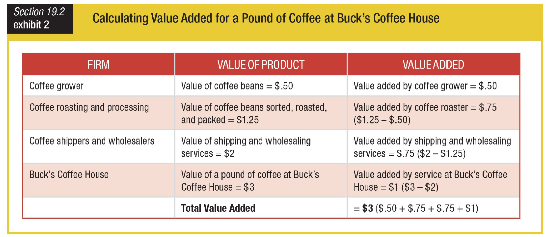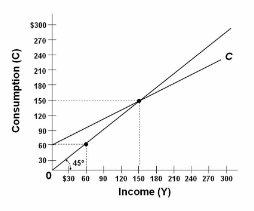How is the value added for each firm calculated?

a. by multiplying the product value for the previous firm with the product value for the
current firm
b. by dividing the product value for the current firm by the product value for the next firm
c. by subtracting the product value for the previous firm from the product value for the
current firm
d. by adding the product value for the current firm to the product value for the next firm
c. by subtracting the product value for the previous firm from the product value for the
current firm
You might also like to view...
Which of the following statements about price discrimination is correct?
A. Successful price discrimination will provide the firm with more total profits than if it did not discriminate. B. Successful price discrimination will provide the firm with lower total profits than if it did not discriminate. C. Successful price discrimination occurs when there are differences in the costs of producing for different groups of buyers. D. Successful price discrimination will generally result in a lower level of output than would be the case under a single-price pure monopoly.
The argument that strategic planning is not likely to be practical due to insufficient information means that
A) because of trade secrets, the government does not know true cost relationships in any given industry. B) if the government had all the relevant information in a given industry then it could decide whether a subsidy would enhance the public's welfare. C) even if the government had all the relevant information in a given industry, it still could not decide whether a subsidy would enhance the public's welfare. D) due to recent cuts in the Department of the Census' sampling budgets, industry surveys are no longer reliable, so that there is no way to determine if a subsidy is in the public's interest. E) the government would need to employ its intelligence agencies in order to gain a complete understanding of the market.
When formulating financial policy, managers also have to consider the appropriate balance between:
A. receivables and payables. B. interim and final dividends. C. short-term and medium-termfinance. D. short-term and long-termfinance.
Refer to the diagram. The break-even level of income is:

A. zero.
B. $150.
C. $60.
D. $120.